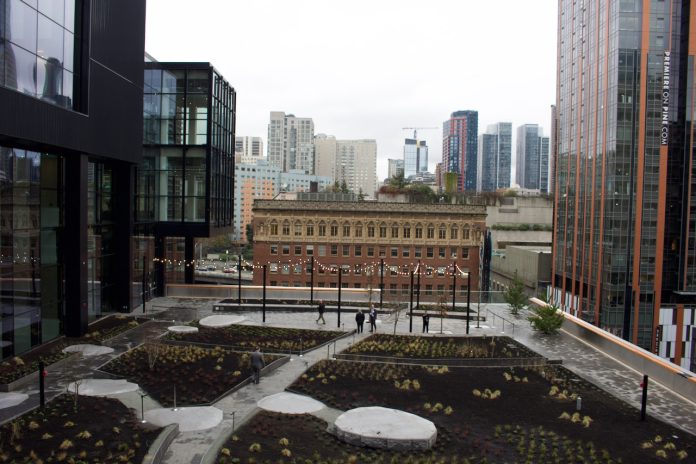“Summit of Our Noble Efforts” – Jay Inslee
The Washington State Convention Center’s new Summit Building opened to the public on Friday, January 27. As part of a ribbon cutting ceremony, the fools let The Urbanist’s Ryan Packer and Ray Dubicki in for speechification and press tours. We took advantage and spent two hours roaming the mammoth 573,000 square foot event space. It completely covers two city blocks, stacking five stories over an underground exhibition hall between Olive Way and Pine Street.
The Concept/Pregame
Ray:
I’m not adverse to the idea of convention centers. Where else will I get my Doctor Who Loot Box and show off this year’s cosplay? But are we overdoing it with a $2 billion expansion taking up valuable downtown real estate?
Ryan:
It’s a big investment to ensure that Seattle doesn’t lose many corporate gatherings to San Antonio. The Summit expansion is being framed as the savior of Seattle’s downtown viability, even though convention goers will be far from the areas of downtown that need the most help, in and around the financial district where office vacancies remain high. Rather than a downtown jumpstart, this seems great for Capitol Hill.
Ray:
That is a bit of the weird part. Does Capitol Hill want or need the help? And there is still the trough that is I-5 cutting foot traffic off from the neighborhood. At least the old convention center – er, sorry – the Arch Convention Facility attached to the Freeway Park lid. This is feeling like a cornerstone to a hotel district, just the hotels pre-dated the big new epicenter.
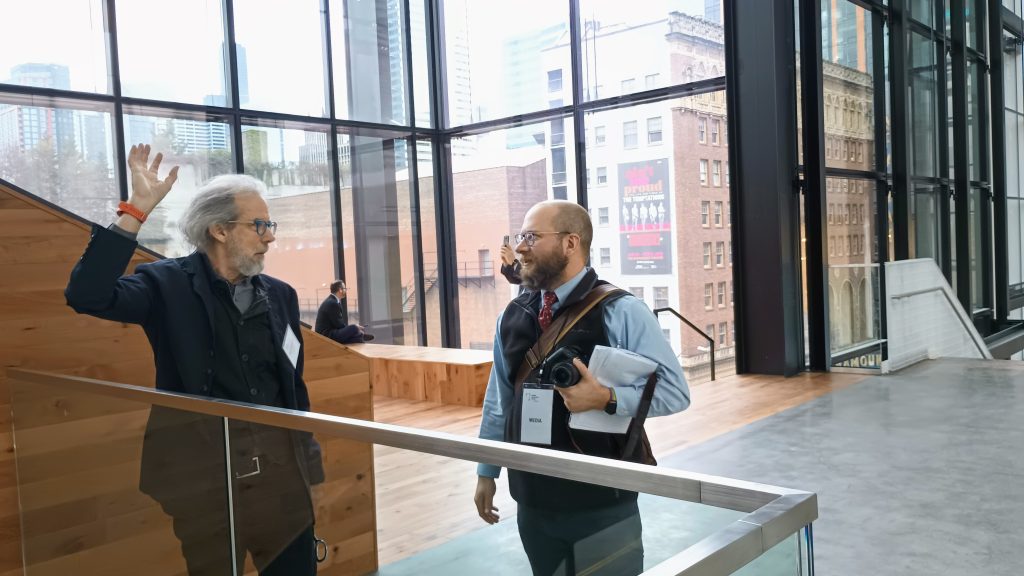
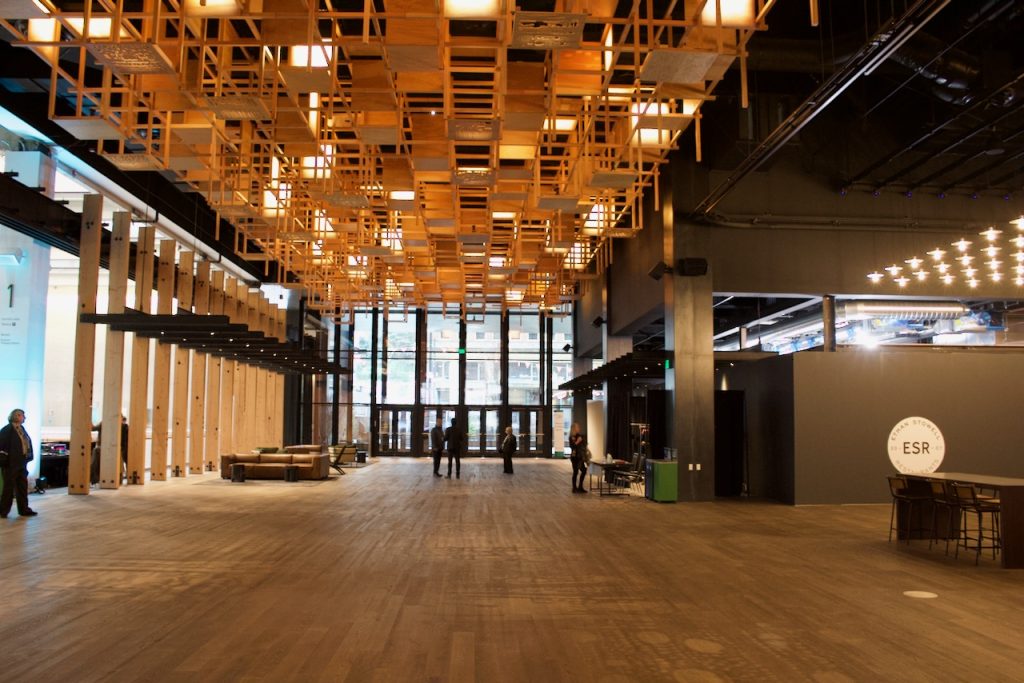
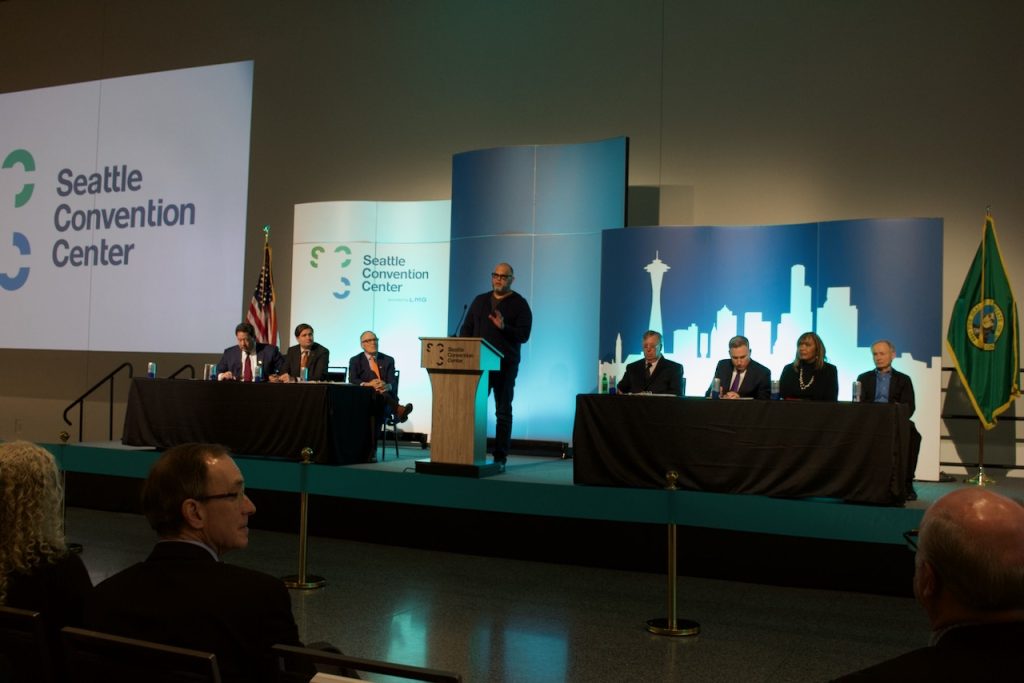
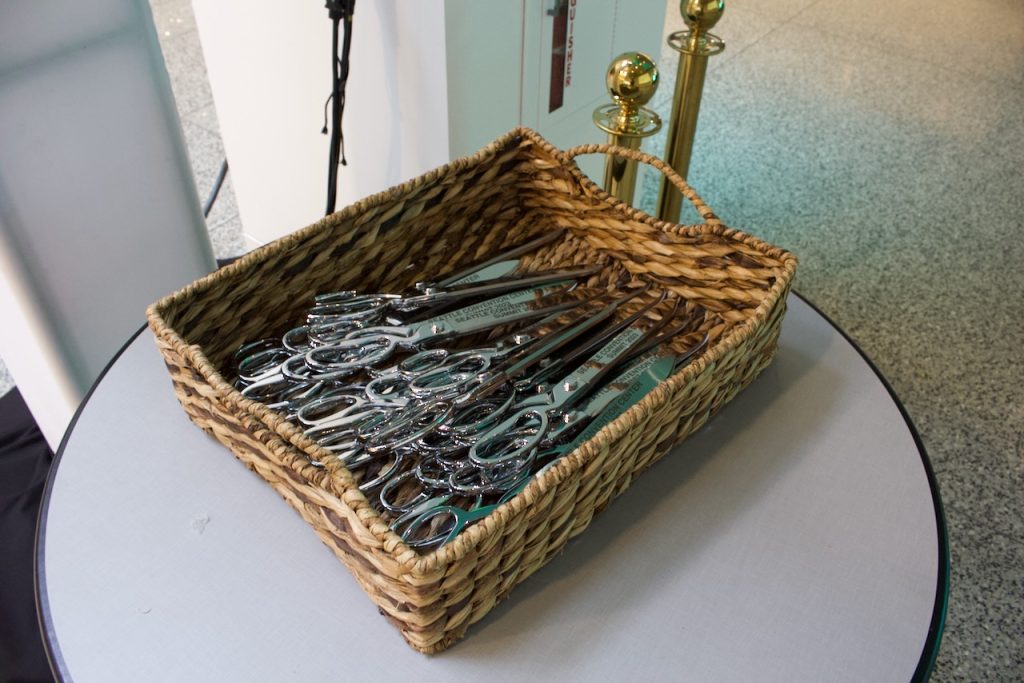
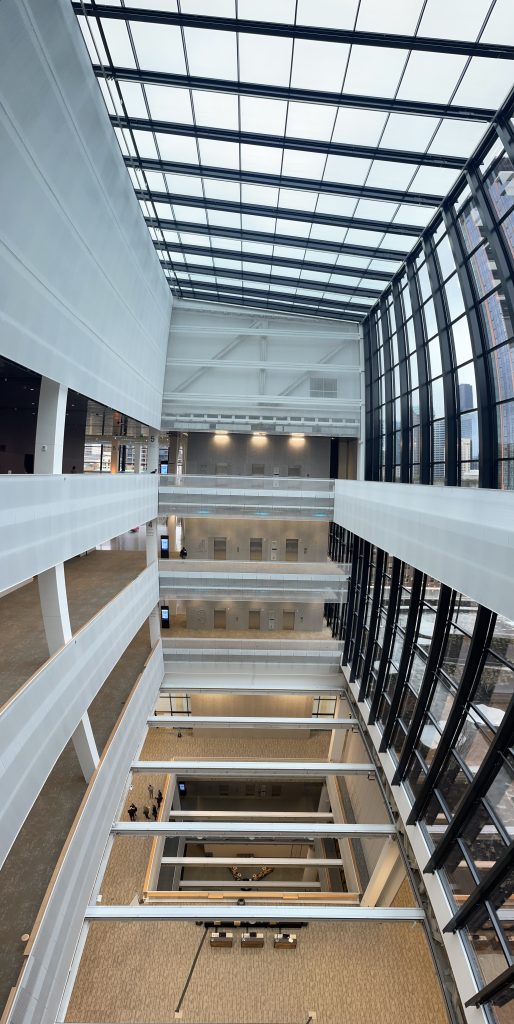
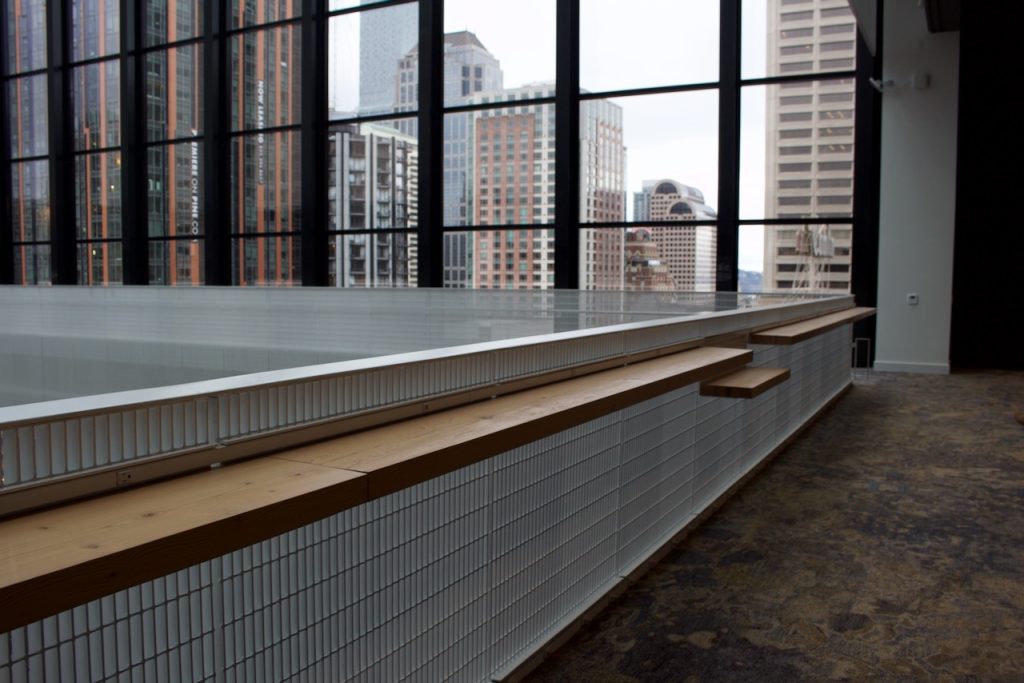
The Opening Ceremonies
Ray:
Two things I noticed about the speeches. First, they feel like they’re squishing on downtown in an effort to raise the importance of this building bringing us back from the brink. Second, there’s too many laugh lines about the price of the building, the complexity of the financing, and number of lawyers that were involved.
Ryan:
Nothing like a round of applause for the taxpayers, who of course never had a chance to vote on building a second convention center in Downtown Seattle and also never voted for a bailout of the project by King County.
Ray:
There was a lot of praise for the laborers who make things like this building. Do we expect the kind of events that many of them will be able to come back and attend?
Ryan:
For the most part no. When Bruce Harrell praises the dishwashers, he is imagining himself as a job creator, when of course the biggest thing that could be giving workers at the new convention center a leg up would be lowering housing costs in the city. Which is why it’s hard to see the convention center as anything but a lost opportunity to focus on the region’s housing crisis.
Ray:
Harrell praised the functionality of paying for the expansion by dropping the line “‘The System Is Working’ is not a headline” suggesting that news does not applaud or even recognize when government functions. I have a very hard time seeing this function as more than the circuses half of “bread and circuses.”
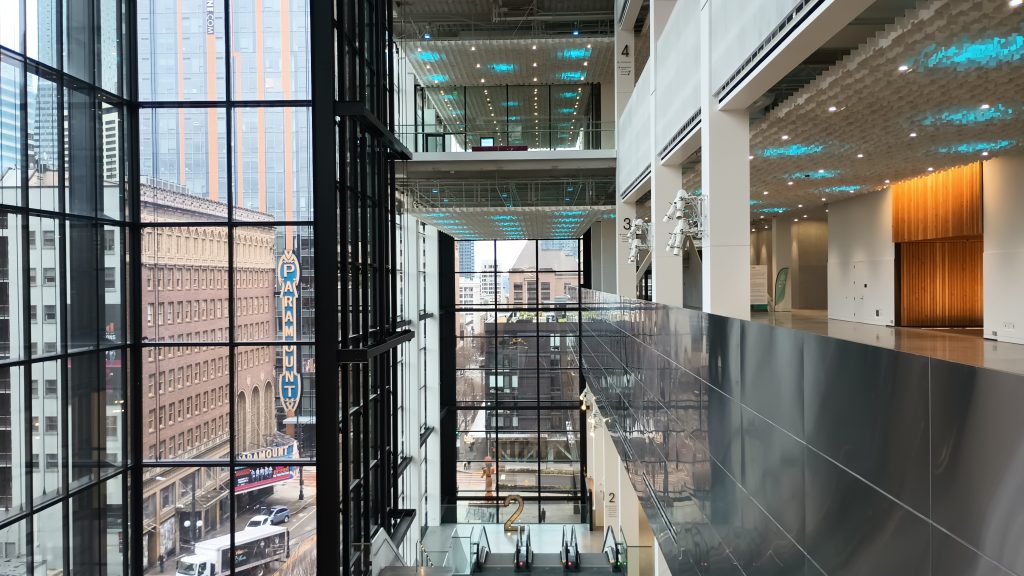
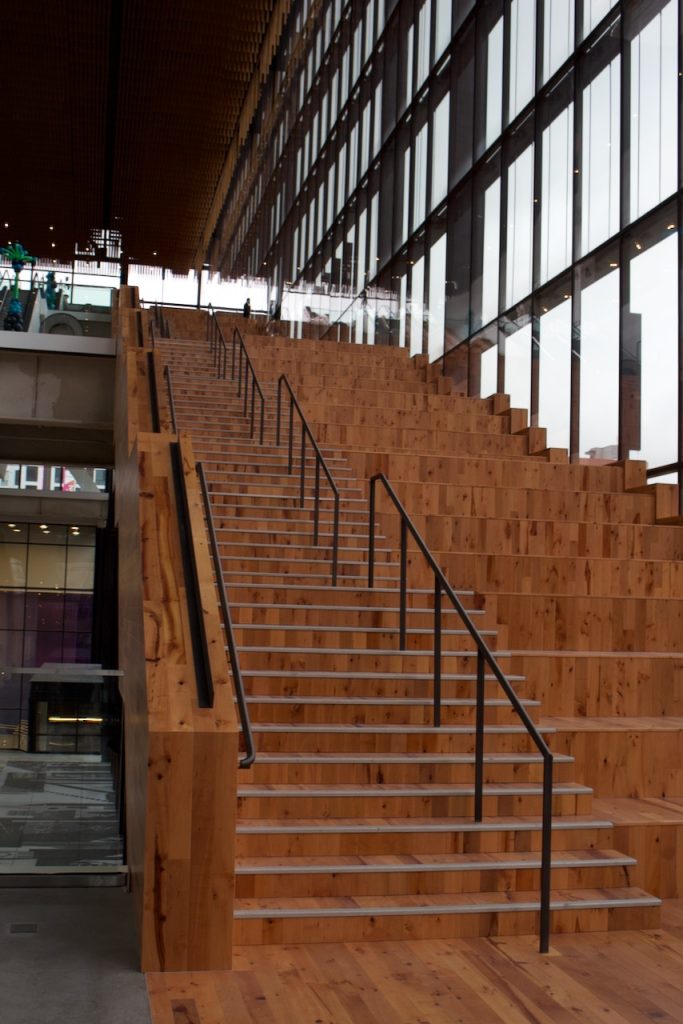
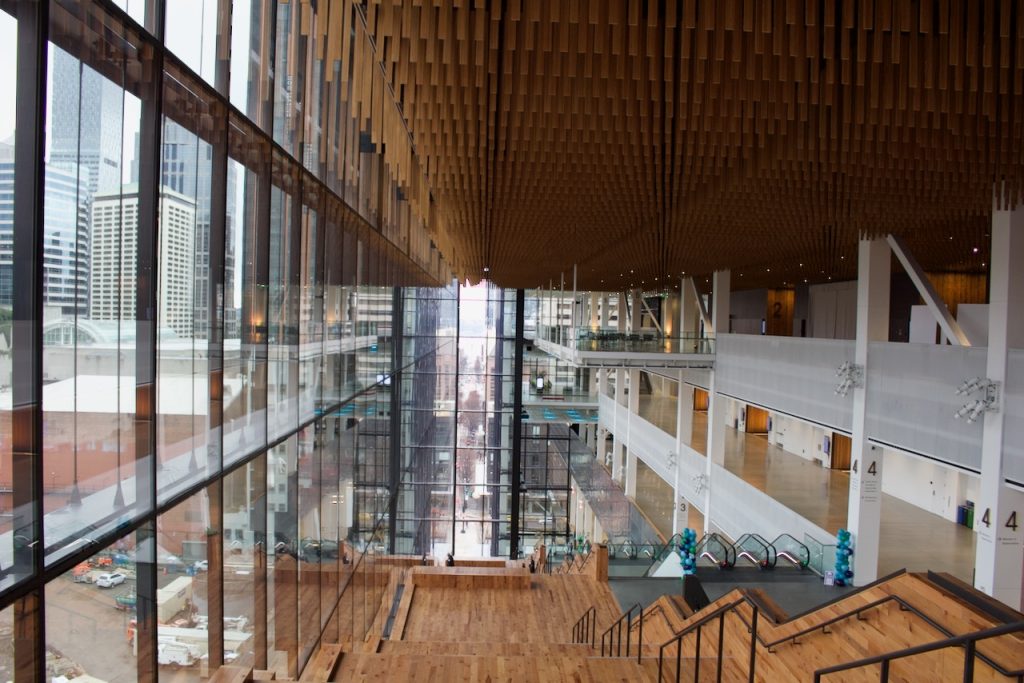
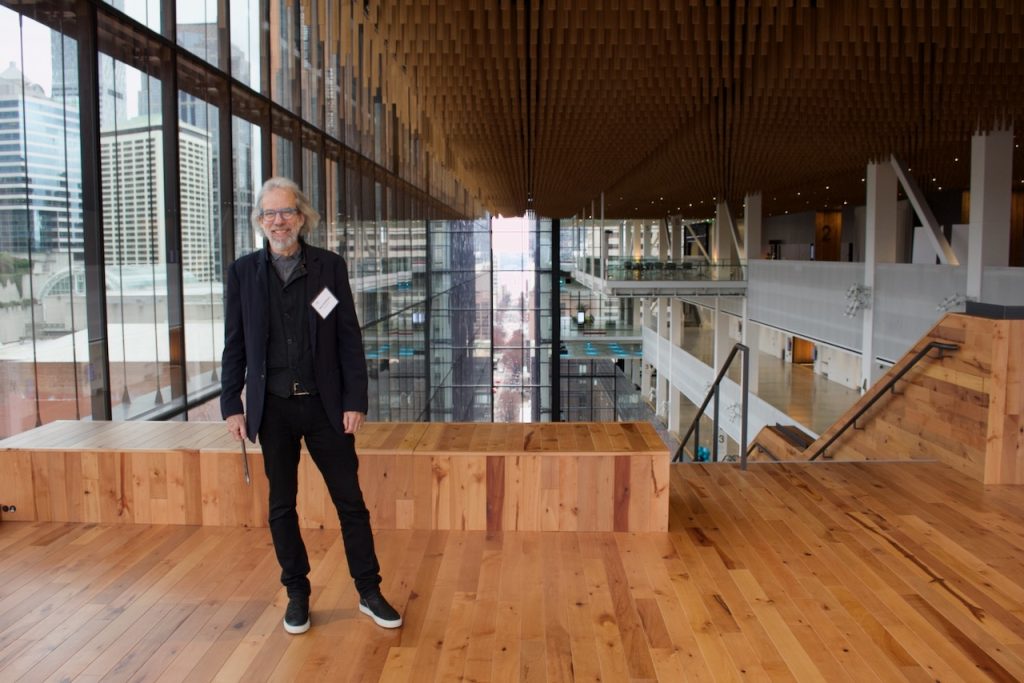
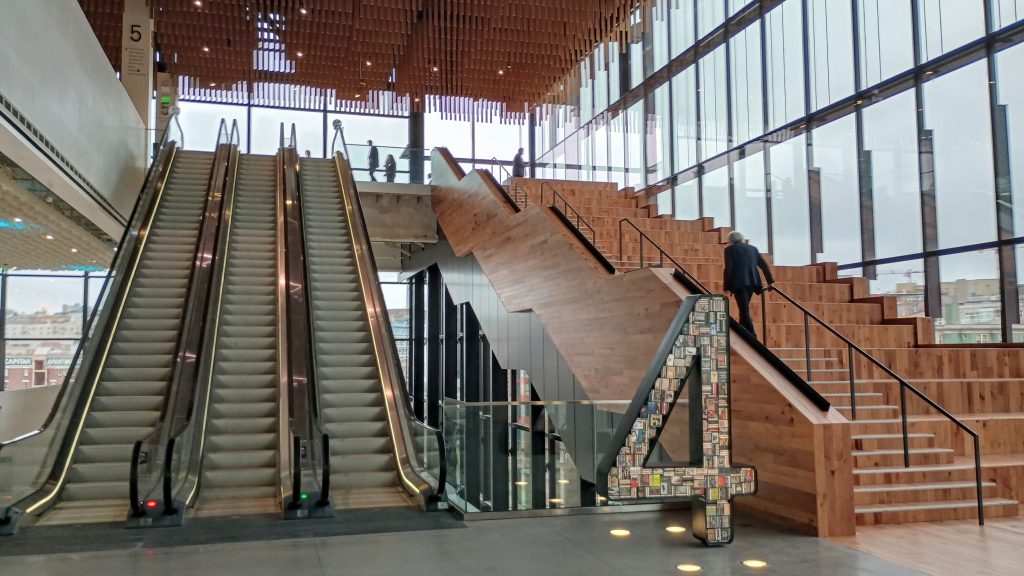
The Building
Ryan:
The building itself, designed by LMN Architects, makes an incredible first impression. It’s more integrated into the streetscape than the old convention center, with its atrium dominating the Pike Street sidewalks. That’s fairly impressive given its size: the restaurant spaces will spill over onto Pine Street.
Ray:
I’m finding this place to be mind-bogglingly massive. The old convention center has ballrooms and exhibition halls and showy staircases that aren’t so cavernous. This feels like an enormous shoebox with escalators and landings wrapped around the outside.
Ryan:
The empty boxes are incredibly beautiful. The building is ready to serve its purpose in enabling Seattle as a showroom, the third stop on the shuttle between airport, pristine hotel lobby, and yearly trade show. You’re free to explore the city, of course, but you don’t really need to. Unlike the other downtown convention center, which was fairly closed up, where you could go for hours without really even knowing what time of day it was, you can step outside the ballroom and be inside the city, without even needing to deal with much noise from I-5.
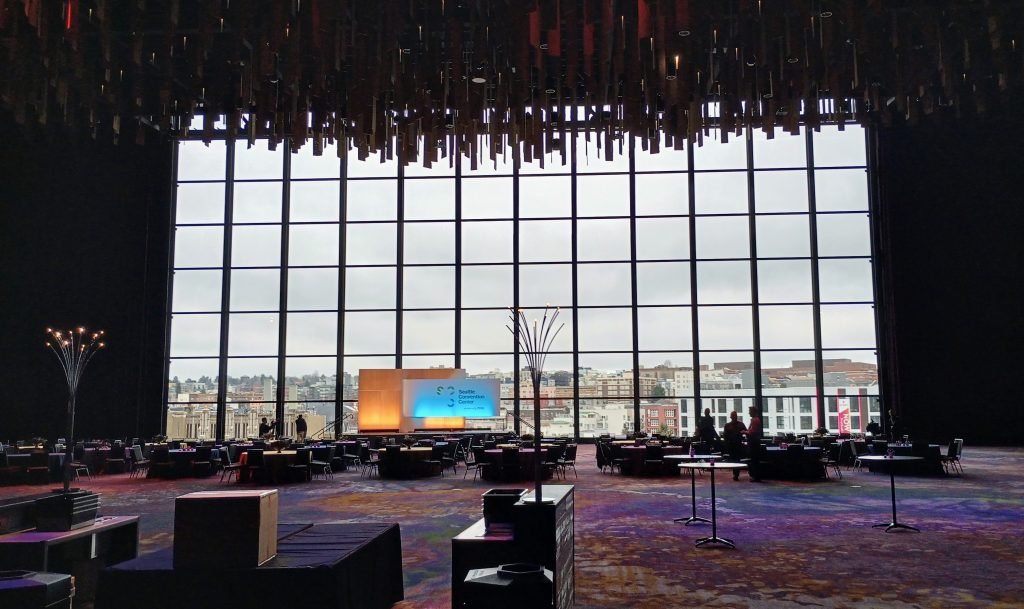
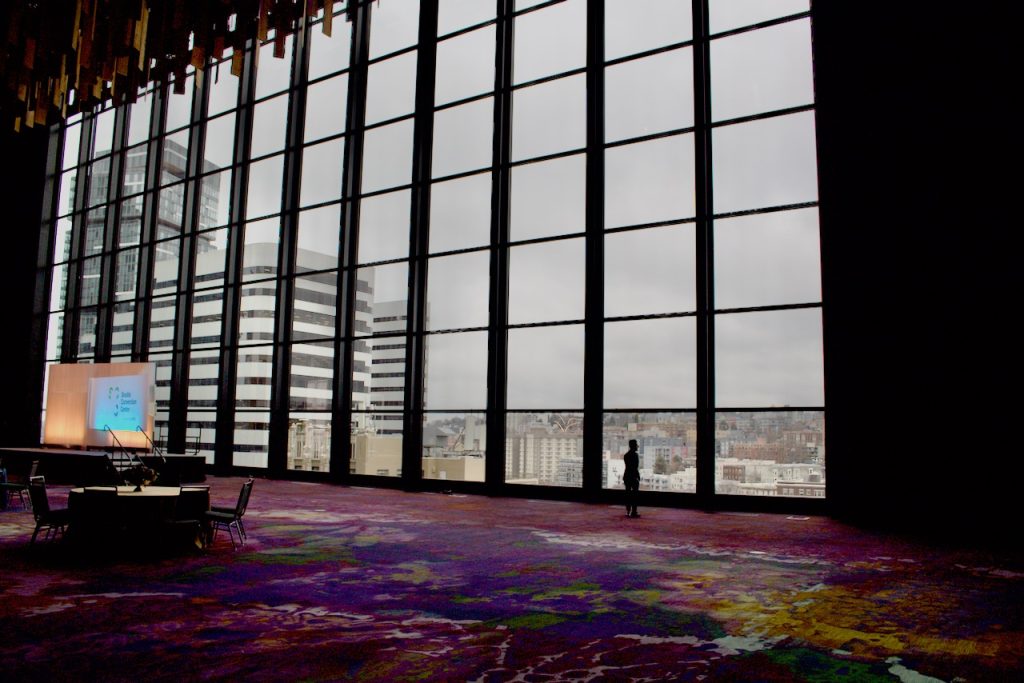
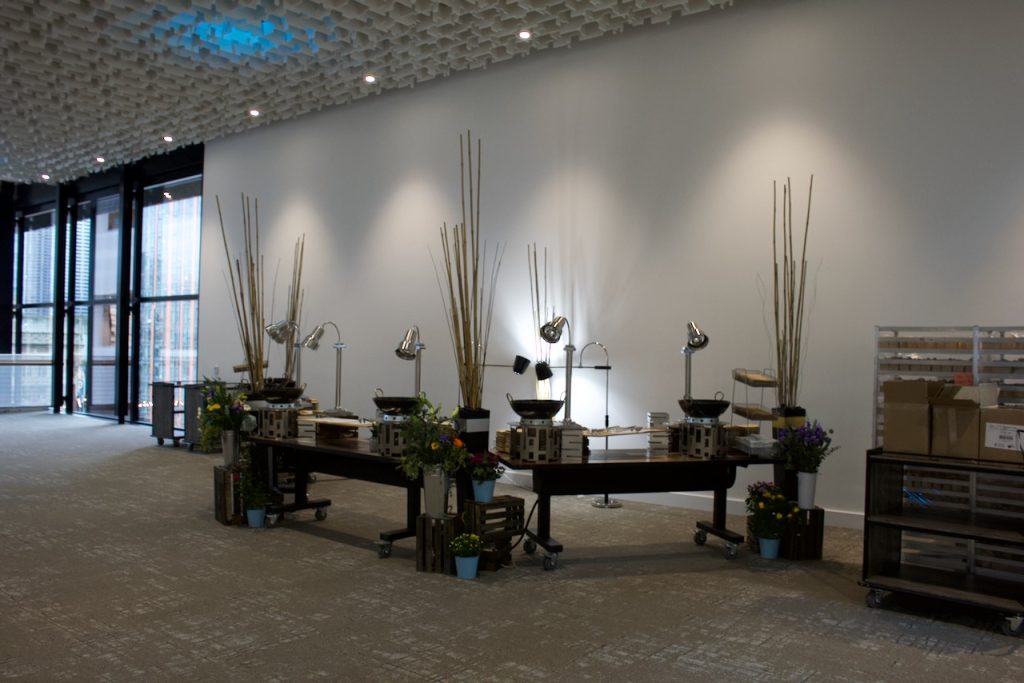
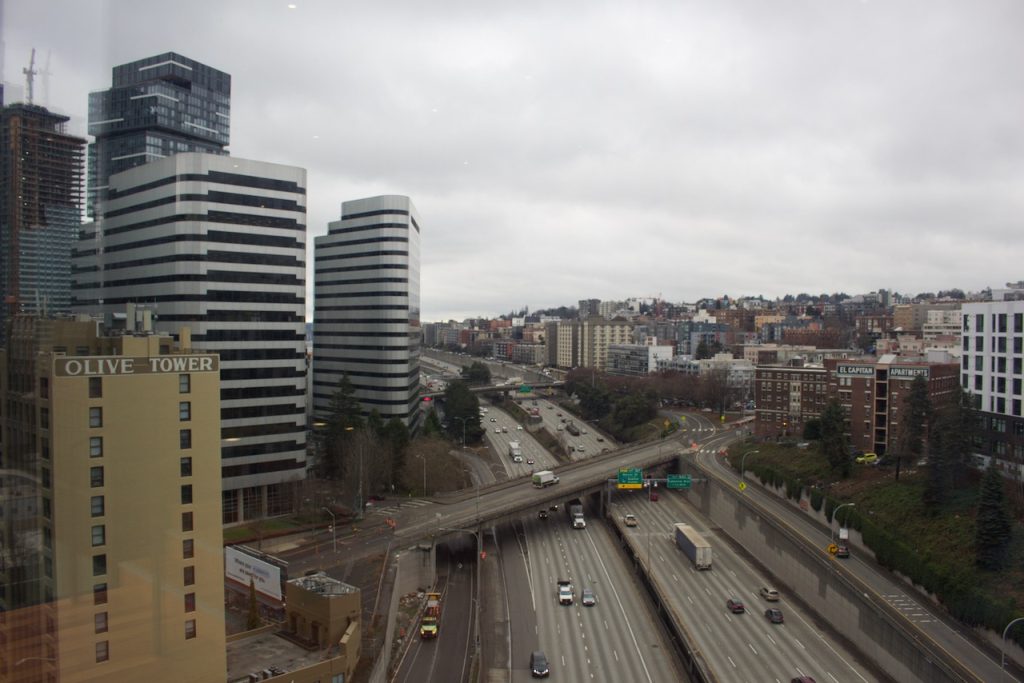
Ray:
They’re going all out with the display tables and setup carving stations. Some of them seem to have food ready to go for an event very soon.
Ryan:
The food serving stations seem designed to look like high stalls at Pike Place Market. You don’t even need to walk down Pine Street.
Ray:
That is 100% city as showroom. A Restoration Hardware showroom by the looks of the urns and decorative grass fronds everywhere. But the outward-looking glass box is oohs and aahs of a city that you can visit through absolute climate control. It’s beautiful because it borrows so much from the city around it.
Roaming around each concourse, there’s glass box breakout rooms perforating the southern outside walls. They look to hold about 300 people each, but are actually cozy compared to the tremendous top floor ballroom.
Ryan:
The small ballroom with windows overlooking the garden and the Paramount is the perfect place to announce a bunch of layoffs after a worse-than-expected Q4.
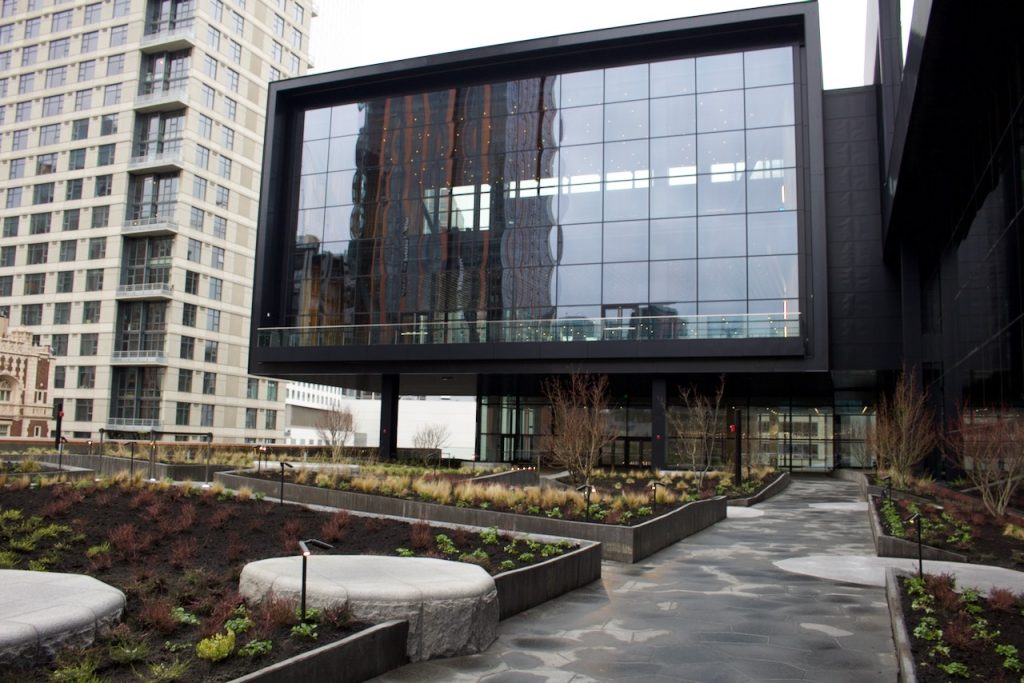
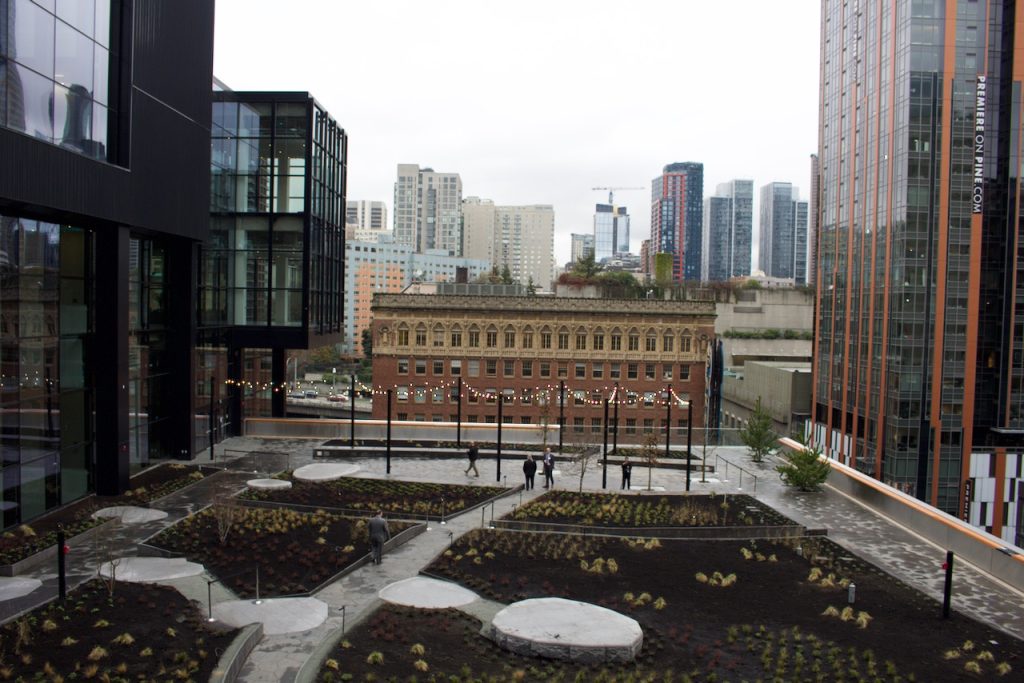
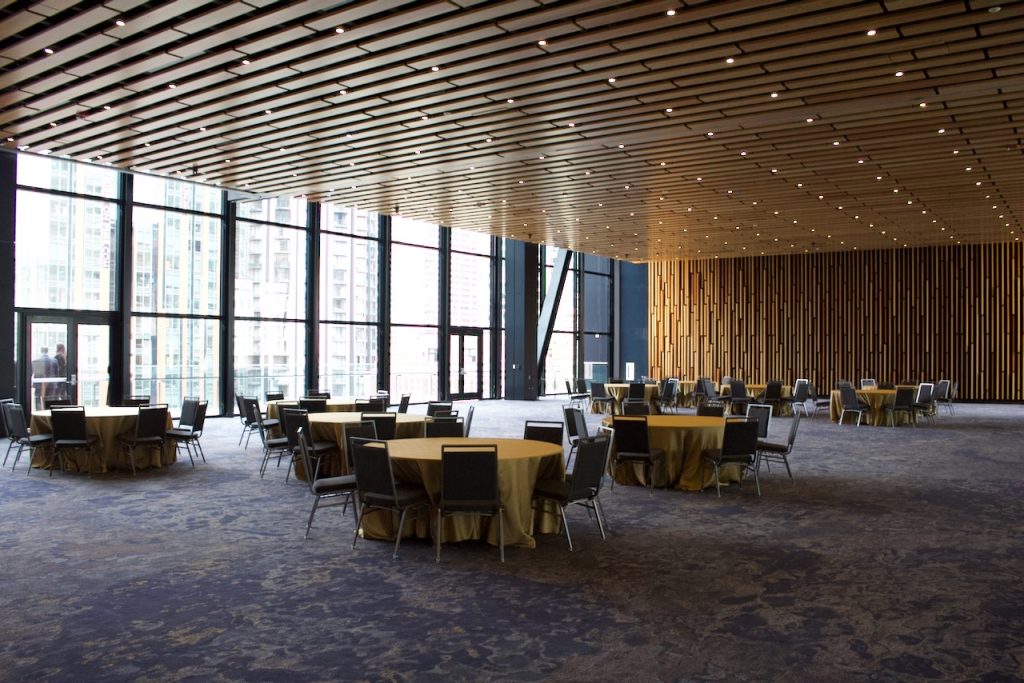
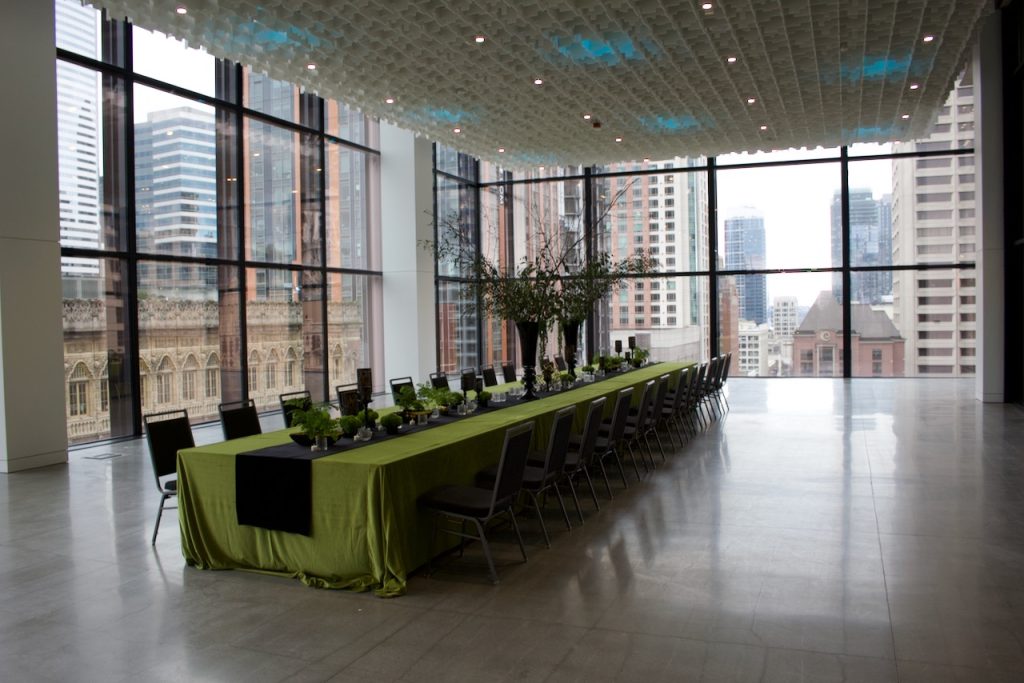
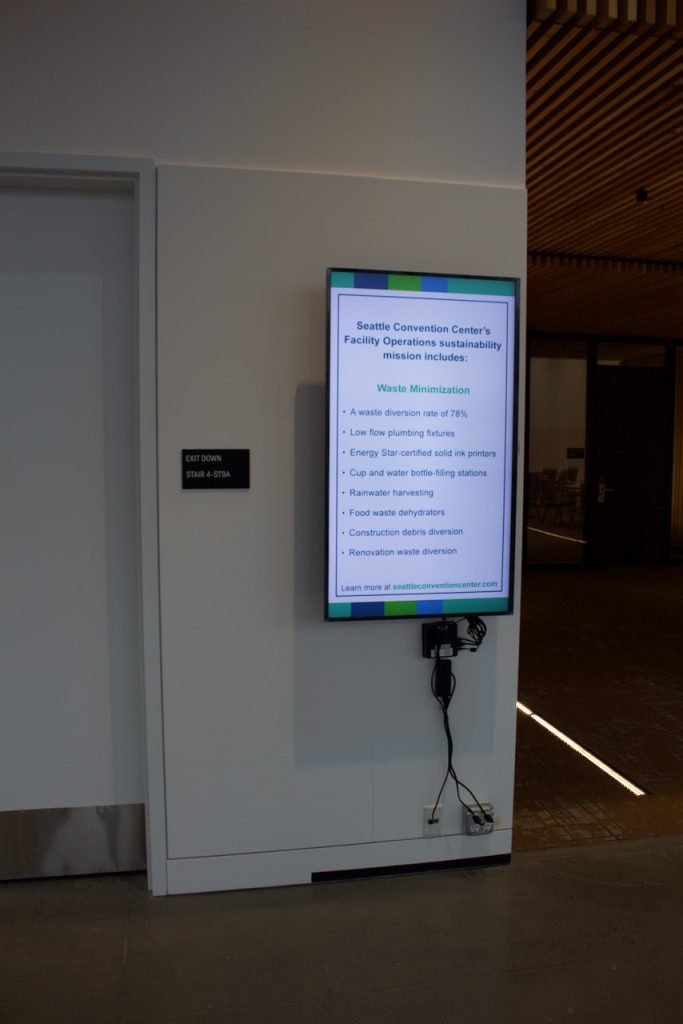
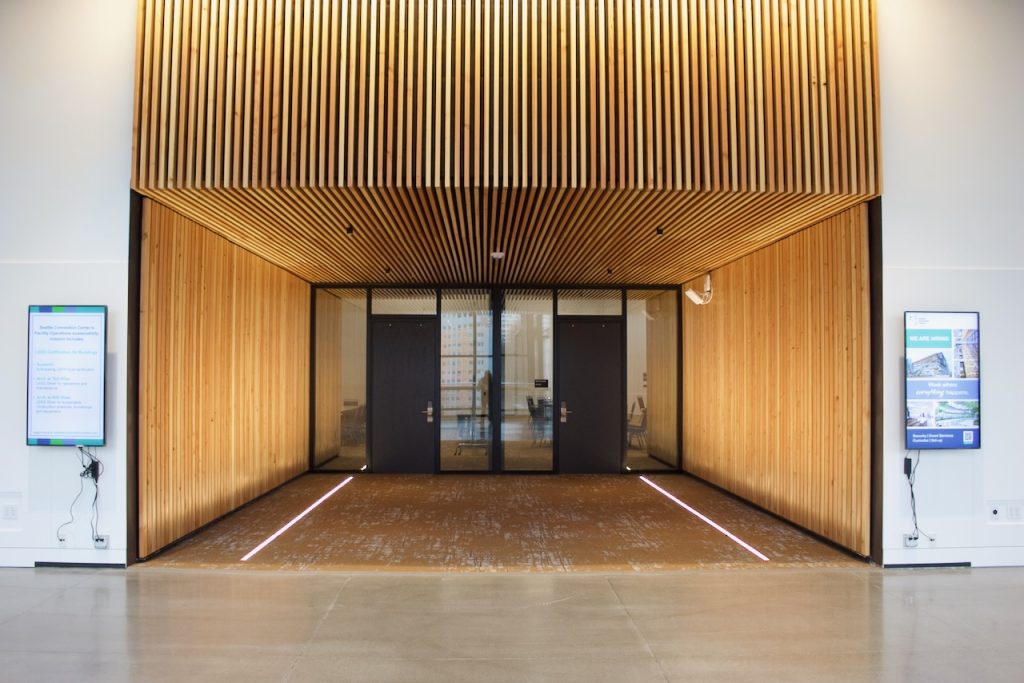
The Take Aways
Ray:
I’m not totally sure who that newscaster was, but he was leading his spot piece with the question “is it really time to open a convention center amid the pandemic and crime?” Is that the question this place is supposed to answer?
Ryan:
Jon Talton at the Seattle Times is unrelenting in his doom-and-gloom about the future of downtown. Rather than a moment of truth for Downtown Seattle, the Convention Center’s expansion is a moment of two truths and a lie. Downtown needs more people, and the convention center will bring them. But it’s not saving the neighborhood from some existential threat, though that’s a very convenient thing to say for the leaders who chose to focus on building it over creating a true people-centered neighborhood in downtown.
Ray:
Is the existential threat selling two blocks of the city to yet another boom-bust cycle industry?
Ryan:
Electeds were very eager to highlight how long this project has taken to come to fruition. But apart from the glacial pace of civic project, that talking point only served to highlight the fact that the new Convention Center, like the Waterfront, like the 520 bridge, is the last generation’s legacy coming to reality. Will projects like this lay the foundation for the next vision for downtown, or stand in the way?

